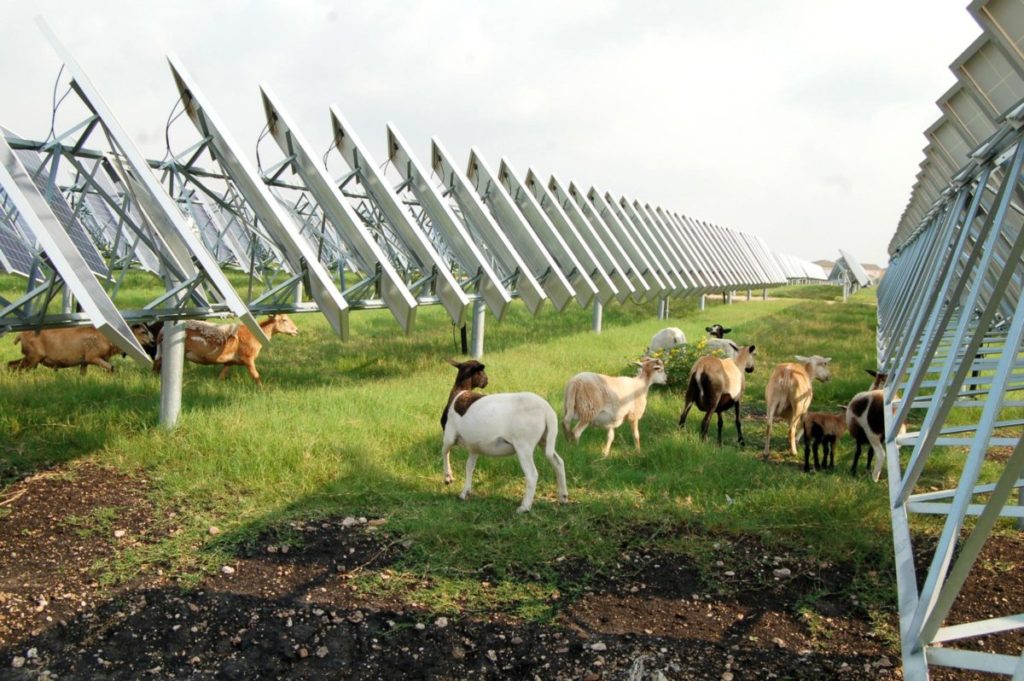The Environmental Impact of Renewable Energy
- Go Green Go
-
Jan 22
- Share post

There is some debate about the environmental impact of renewable energy sources. Let’s look closer.
The generation of electrical power accounts for over 40 percent of the earth’s greenhouse gas emissions. It also creates a significant percentage of water and other air pollution. Therefore, the conversion to clean, renewable methods of power generation ought to be of utmost importance. In fact, due to revolutionary technical innovation and related economic factors, the changeover is happening now at an astounding speed. Coincidentally or not, this is also happening at a time when cities and countries around the world are pledging to move to net-zero emissions – to become 100% carbon-free within a few decades. As the United States rejoins to the Paris Climate Accord, we will likely see a more coordinated approach to clean energy commitments.
Is the effort worthwhile? In the vein of “There’s no such thing as a free lunch,” we need to inquire about any possible ‘negative’ impact to the environment posed by renewable energy. Is it possible that we are only trading one type of pollution with another? There most certainly are at least some costs that need to be considered. What are they, how do they compare with the costs of using fossil fuels, and can they be mitigated?
Environmental Cost of Renewable Energy
Renewables include hydropower, geothermal, biomass, tidal power, as well as wind and solar power. Although hydroelectric energy makes up a huge percentage of the total renewable sources, the vast majority of the growth is from wind and solar sources. Since those two represent the future of energy production, we will concentrate on them.
There is some concern that some parts of the wind turbines – notably the blades –are not recyclable once they have completed their lifecycle and can take up space in landfills. Additionally, there have been some concerns with their impact on migratory birds and bats.
Solar power can potentially result in habitat loss as well as the use of some hazardous materials. Large solar arrays can displace native plant and animal habitats and use large amounts of water. Disposal of solar panels can be another source of pollution. Solar panels often contain cadmium, lead, and other toxic chemicals that cannot be removed without breaking apart the entire panel.
Renewable Environmental Cost vs Fossil Fuel Environmental Cost
An article in ‘The Conversation’ evaluates whether green energy has hidden health and environmental costs. There are references to studies showing that although no energy source is without adverse environmental side effects, fossil fuels place the heaviest burden on the environment; most renewable power projects have lower pollution-related impacts on ecosystems and human health. Other studies have been published showing similar results. The conclusions are unmistakable.
Considering the overall environmental impact of wind and solar sources (even the waste) versus that of burning fossil fuels or nuclear power, the score isn’t even close.
Yes, there is indeed environmental consequence from renewables; the costs are noted here and elsewhere. But wind and solar produce nearly zero greenhouse gases, and their overall environmental footprint is significantly lower than the burning of fossil fuels.
Nuclear power generation also generates no carbon dioxide but is not truly renewable. Furthermore, it causes pollution in terms of spent fuel, which, even after 60 years of use, is still not being properly and safely stored or disposed of.
Wind and solar win the environmental competition by a landslide.
How to Mitigate Renewable Environmental Pollution
Even though we’ve seen that renewable energy sources are clean relative to nuclear and the burning of fossil fuels, we’ve also acknowledged that they’re not without environmental consequence. Now that the impact has been identified, what can we do to reduce or eliminate it?
For wind power, siting is everything. To prevent as much loss as possible, wind farms should be kept away from major bird and bat migratory routes. This is being done with increasing success. Wind turbines should be constructed with the prospect of recycling in mind, and this too is in the works.
Additionally, there has been an emerging trend developing that encourages farms to coexist with solar and wind installations. Even though the property may be spotted with turbines or panels, the land underneath is still farmable, and in many cases creates a symbiotic relationship.
Photovoltaic and other solar energy components also need to be constructed and disposed of more sustainably. One solution is to include a fee on solar panel purchases to ensure that the cost of safely removing, recycling, or storing solar panel waste is incorporated into the price of solar panels. In addition, the federal or state government should enforce existing laws regarding the decommissioning of solar panels so that they do not end up in landfills. Finally, solar and all e-waste should be monitored at a global level. Strict regulation is key.
The entire lifecycle of any energy source should be considered when weighing economic and environmental factors. We need to be vigilant to ensure that we’re not creating new and additional ways to harm the environment. The good news is that we know renewables cause far less harm than antiquated fossil fuels while also improving in efficiency and dropping in price.
By: Dan Horvath
Blogger and Executive Committee Member, Sierra Club Portage Trail Group
See Their Go Green Go Profile Here
with contributions by: Eric Hancsak
President and Founder of Go Green Go
Photo by PV Magazine
